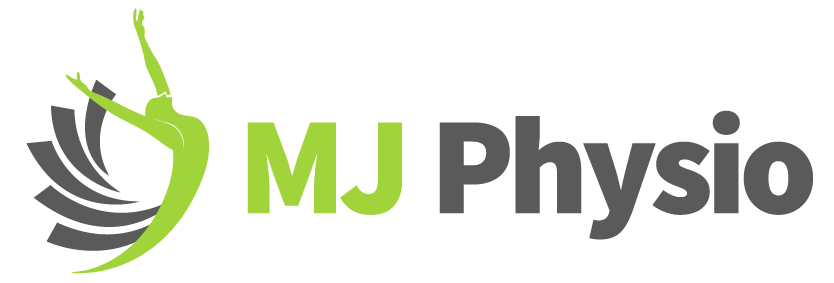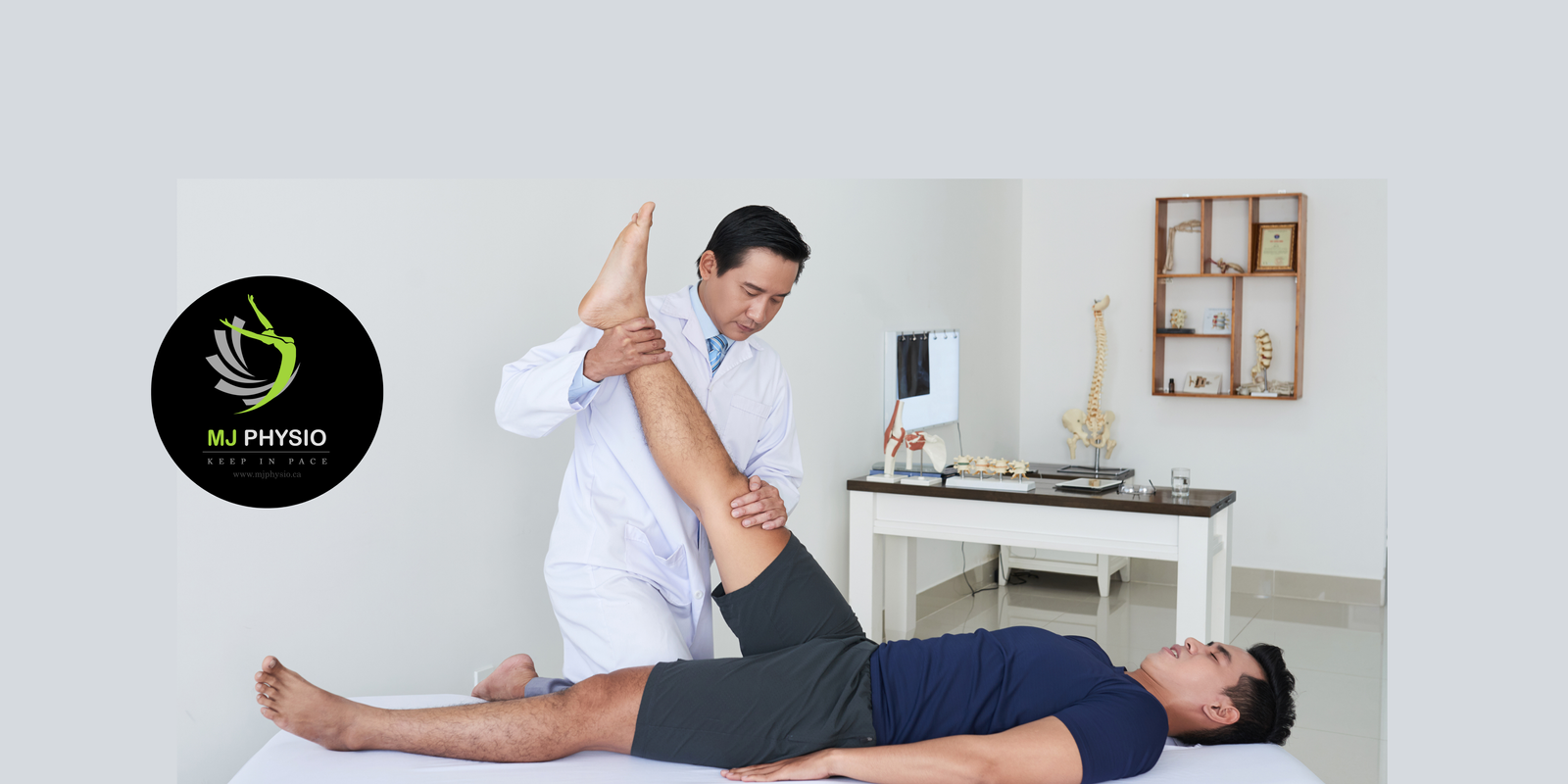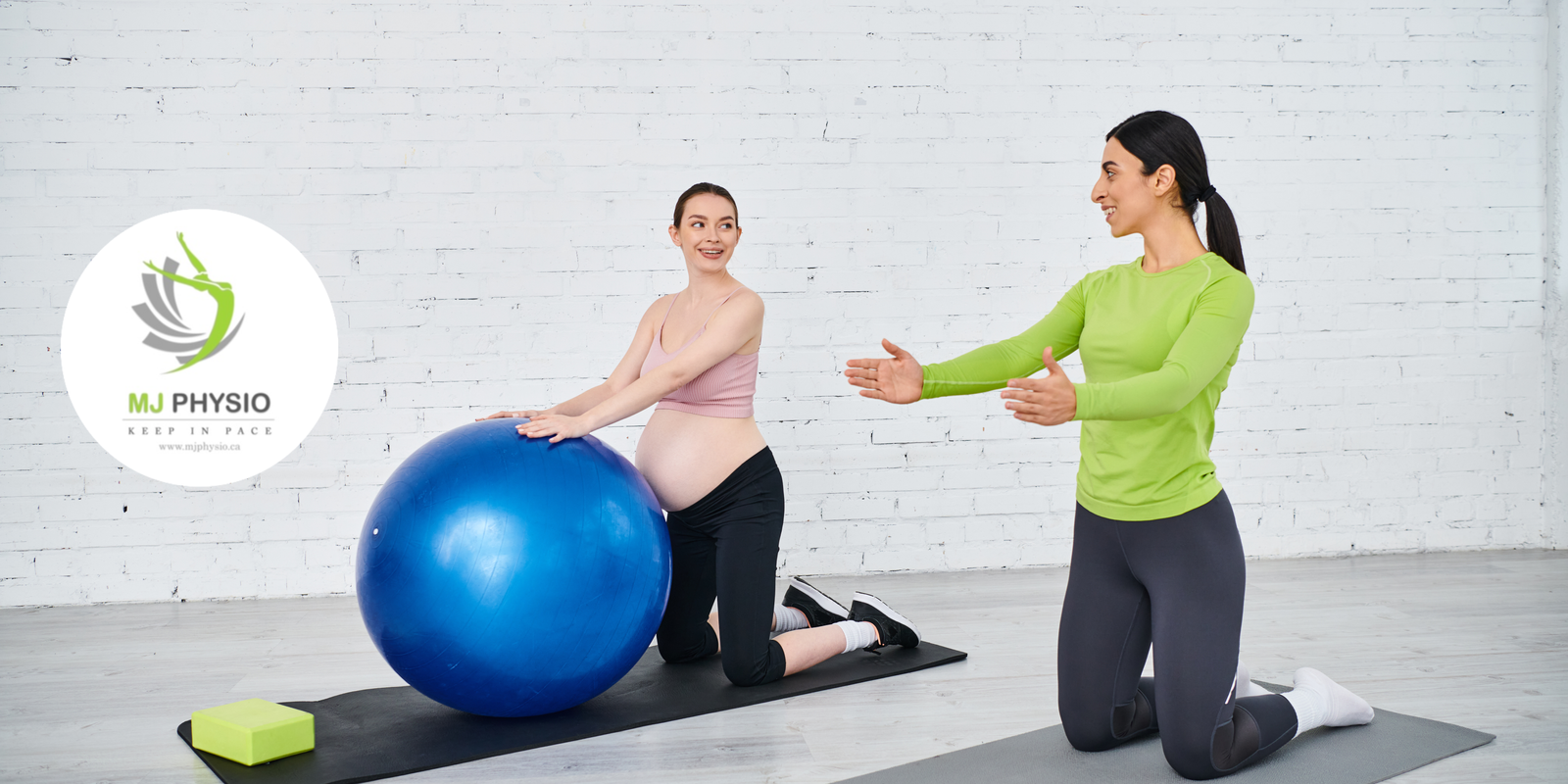Best exercises after pregnancy, Pregnancy-related problems, and post-recovery exercises.
Pregnancy is one of the exciting processes that make women undergo various physical and emotional changes. One common issue that many women find particularly difficult is regaining one’s figure after childbirth to take care of the baby. The postpartum stage is important for recuperation and nutrition, and the correct type of exercise can assist new moms in regaining their physical structure, vitality, and wellness. In this blog, expectant mothers will read about typical pregnancy difficulties, the significance of postpartum recovery, and a detailed list of new mother exercise routines.
Education on Postpartum Physical Alterations and Concerns
The postpartum period is commonly referred to as the fourth trimester because it is another three months of life on this earth. undefined
1. Hormonal Fluctuations
Relaxin, progesterone, and estrogen are among the pregnancy hormones that significantly contribute to fetal development and physical preparation for labor. In turn, these changes are associated with some physical discomfort and fluctuations in the emotional state. The changes in hormones after delivery can cause such effects as mood swings, tiredness, and altered energy levels.
2. Diastasis Recti
Diastasis recti refers to the process whereby the abdominal muscles particularly the rectus abdominis are pulled apart by the stretching of the connective tissue known as Linea alba during pregnancy. This can cause a noticeable separation between the external abdominal muscles and create what some people would term a ‘pot belly’ and reduced strength in the abdominal muscles. Diastasis recti can also lead to lower back pain and instability in the pelvic region.
3. Pelvic Floor Dysfunction
The muscles that form the pelvic floor which have the responsibility of supporting the bladder, uterus, and rectum are stretched beyond their limits during pregnancy and childbirth. Its common symptoms may include urinary incontinence, pelvic organ prolapse, and sexual discomfort. Kegel exercises are vital to rebuild the pelvic floor and avoid complications that may affect the patient in the long run.
4. Gaining Weight and Body Mass Transformation
Pregnancy weight loss is part of the normal process, but sometimes, the rate of weight change is not constant; rather, it fluctuates at different periods. Pre-existing conditions include changes in body size among new mothers where they often experience an increase in fat mass and a reduction in muscle mass, thus influencing their fitness levels and how they perceive their bodies.
5. Postural changes
C-sections are a physical strain for the mother and, therefore, result in changes in posture which may include rounded shoulders, forward head posture, and an increased curve in the lower back known as lordosis. These changes can contribute to musculoskeletal discomfort and pain Musculoskeletal pain is the most common medical complaint and can originate from a variety of reasons including changes surrounding the workplace.
6. Fatigue and Sleep Deprivation
Taking care of a newborn is highly tasking and most women who are often the ones assigned this responsibility seldom get enough sleep. Tiredness can lower people’s morale in doing all the necessary activities such as the need to exercise and take personal care.
The Importance of Post-Pregnancy Recovery
A short period after delivery is crucial since it involves the care of the mother as she goes through the healing process and acquires the strength to face the challenges that come with motherhood. undefined
1. Rebuild Strength and Stamina:
More specifically, gradual physical activity can be very beneficial in regaining the lost muscle mass, improving heart health, and increasing the endurance level.
2. Heal Abdominal Separation:
Certain movements can assist in reducing the space that has been created by the split of the abdominal muscles and exercising the muscles that form the core.
3. Restore Pelvic Floor Function:
It also goes further to show that specific workouts may help to enhance the strength of the pelvic floor and, hence, eliminate incontinence and prevent instances of prolapse.
4. Enhance Posture:
Strengthening exercises can also help correct posture abnormalities and decrease pain arising from musculoskeletal conditions.
5. Support Mental Health:
Light exercise can help how the mother feels and even help eliminate symptoms of postpartum depression and anxiety.
6. Facilitate Weight Management:
Walking and aerobics can play an effective role in weight control for new mothers and alsomodify body composition.
Post-Pregnancy Exercise guidelines
1. Consult with a Healthcare Provider:
It is highly delivery to seek a further opinion from your doctor or midwife before undertaking any exercise regime if you had a caesarean section, you’ve experienced a complicated delivery, or suffer from other medical conditions.
2. Start Slowly:
First start with easy exercises and then with days slowly gain strength and increase the level of activity. Consult your body and don’t overstress it.
3. Focus on the Core and Pelvic Floor:
Perform core and pelvic floor control exercises to help develop strength and control in these muscle groups.
4. Include Cardiovascular Exercise:
Replace strength and high-intensity exercises with low-impact aerobics, including walking or swimming to enhance cardio fitness and support weight loss.
5. Stay Hydrated and Nourished:
That is why drinking water and eating right are critical to getting better as quickly as possible and having enough stamina.
6. Rest and Recover:
Ensure that there is enough time for recuperation after exercises. Do not over-exhaust yourself and ensure that you get ample rest whenever it is possible.
7. Pay Attention to Posture:
Pay attention to how different exercises and daily activities can stress or strain your back muscles and try to avoid this.
8. Use Proper Equipment:
Wear proper shoes and equipment to avoid physical injuries and aches that accompany rigorous exercises.
Best Post-Pregnancy Exercises– Best Exercises After Pregnancy

- Pelvic floor exercises (Pelvic tilt)
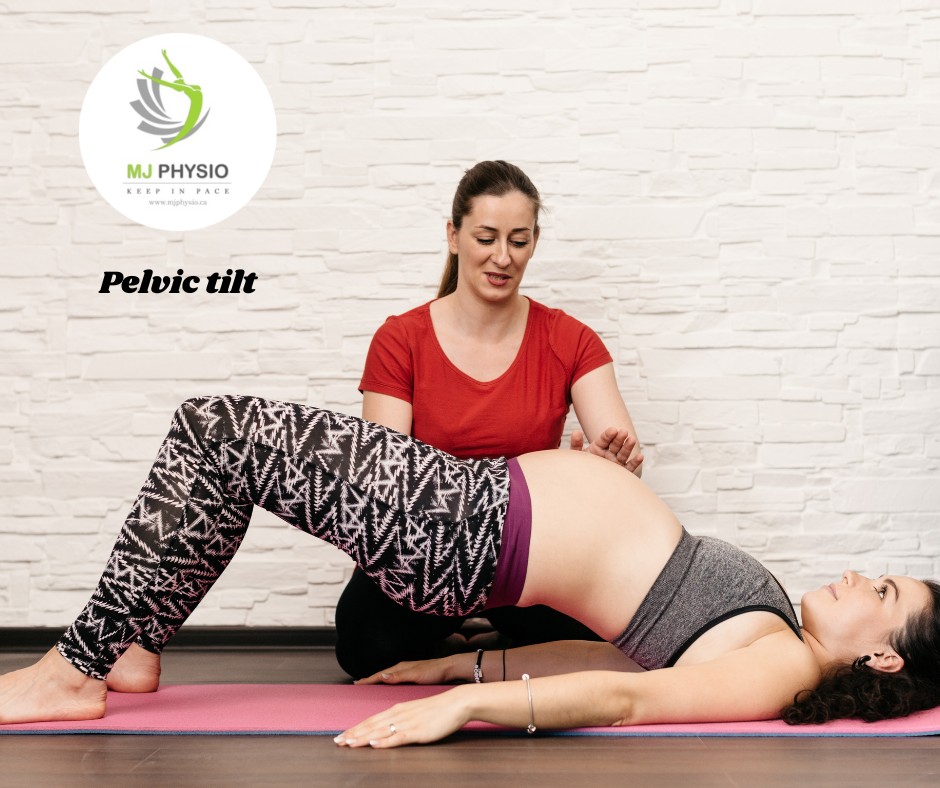
Make sure you practice the pelvic tilt a few times a day so that your abdominal muscles become more toned. Lay flat on the floor with only the knees flexed. Lie as flat as you can on your back by engaging your stomach muscles and lifting your hips up slightly. Wait for up to 10 seconds. Do five times and gradually increase to 10 to 20 reps.
- Kegel exercises
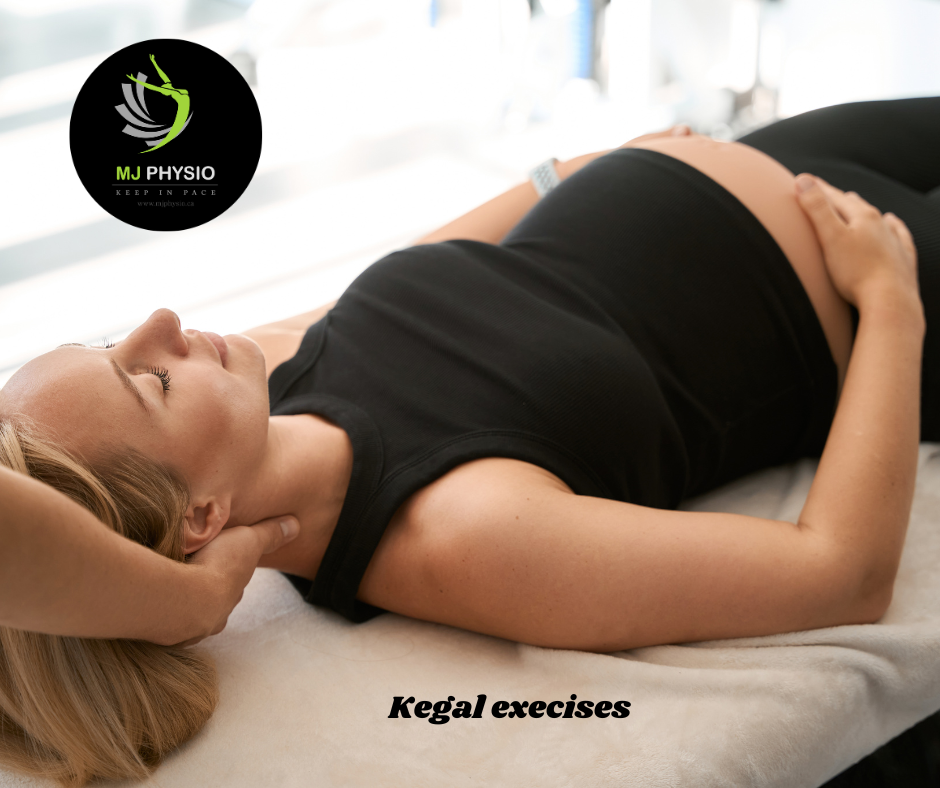
This exercise helps to strengthen the pelvic floor muscles that support the uterus, bladder, small intestine, and rectum. If done daily, Kegel exercises are quite effective in managing urinary and anal incontinence. Kegel your pelvic floor muscles as if you’re trying to pause the urine mid-flow. Compression should be applied for up to 10 seconds while releasing for 10 seconds between contractions. Do at least three sets of 10 reps daily. Do not perform Kegel exercises while urinating.
Kegel or pelvic floor exercises can also be done to improve the muscles responsible for holding the bladder, uterus, and rectum. These exercises can be very useful in patients who suffer from urinary incontinence and pelvic organ prolapse.
- Happy baby yoga pose
Pelvic muscles can contract and may become painful during childbirth. It is one of the easiest yoga postures and may effectively assist in the treatment of muscular pain. Lay flat on your back and draw your knees up toward your chest. Spread your legs slightly wider than your shoulders. Ensure that your arms are inside your knees, while using the other hand to grab your feet or ankles. Flex your knees until the souls of the feet are parallel to the floor and then use your calves to push the knees down towards the floor. Try to concentrate on the relaxation of your pelvic muscles while you try to perform this pose for approximately 90 seconds.
- Modified plank
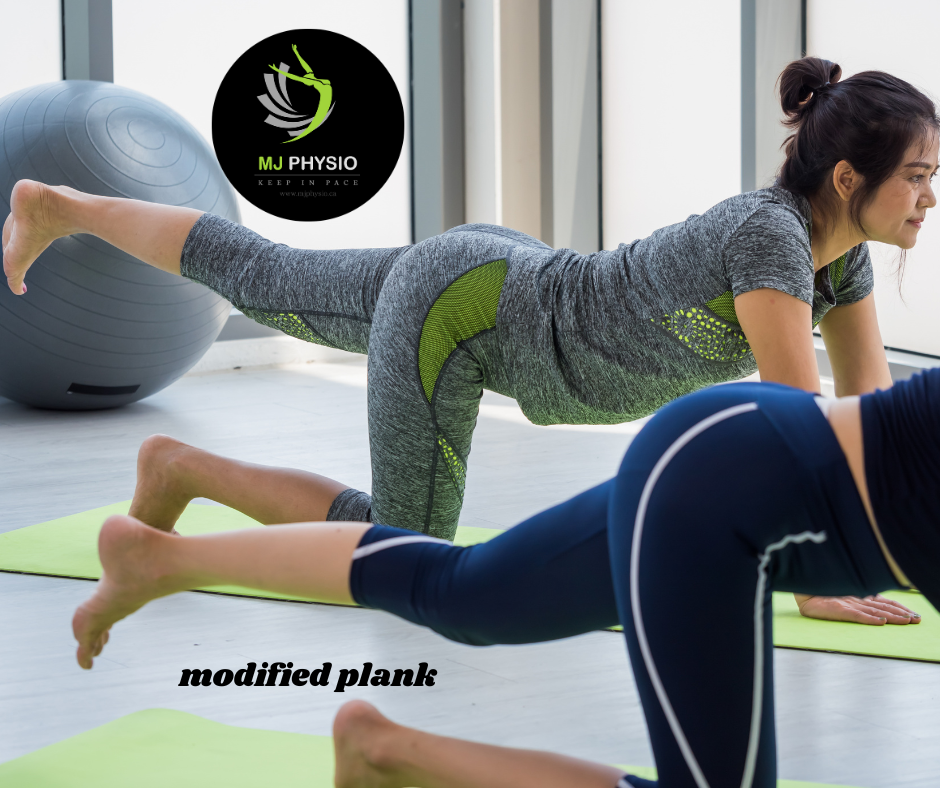
The modified plank is an easier variation of the traditional plank and does not put too much pressure on the abdominal region. Begin the exercise in a four-point kneeling posture where you are kneeling on your hands and your knees. Make sure the wrists are in line with the shoulders and the knees in line with the hips. Sustain and strengthen your abdominal and pelvic muscles. Draw one leg backward parallel to the floor, with the toes touching the ground. Wait for 10-15 seconds and then swap to the opposite leg. Do it 5-10 times on each side, gradually increasing the time for which the weights are held.
- Seated Forward Bend
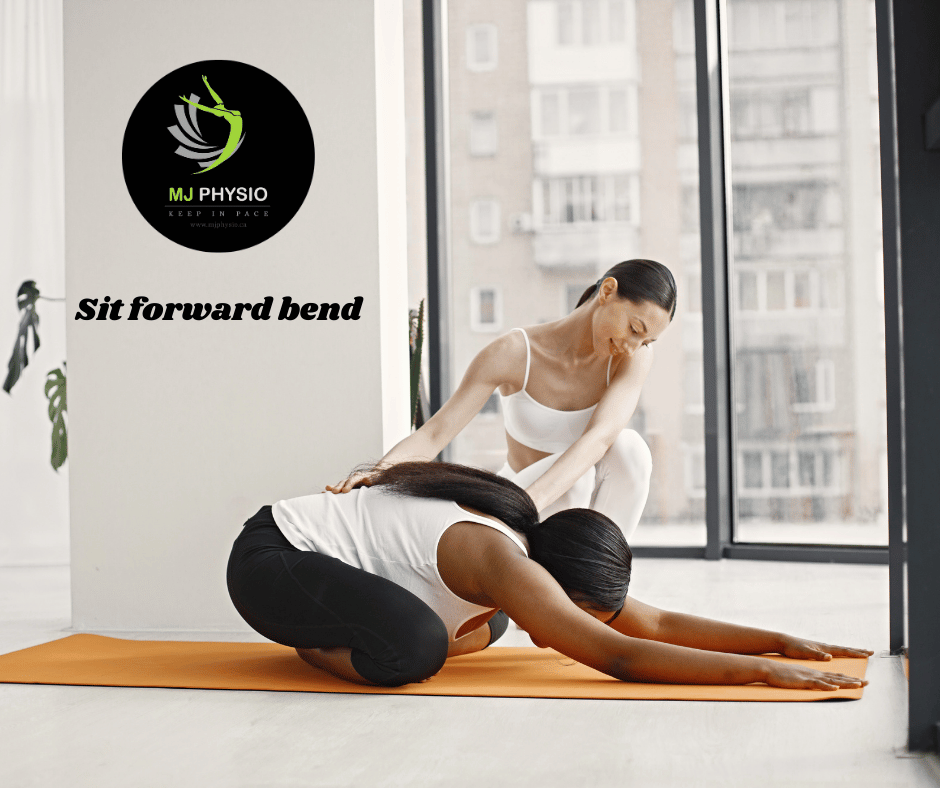
A seated forward bend is also an easy exercise that increases the flexibility of the hamstring and the lower back muscles. Kneel on the floor with your legs parallel to each other and your feet flat on the ground. Take a deep breath and pull your shoulders up towards your ears and then down toward the floor. Breathe out and bend at the waist, trying to touch the feet. Take a deep breath and hold the stretch for 20-30 seconds. It should be performed 2-3 times, gradually increasing the time spent in the stretch position as flexibility is being developed.
- Bridges
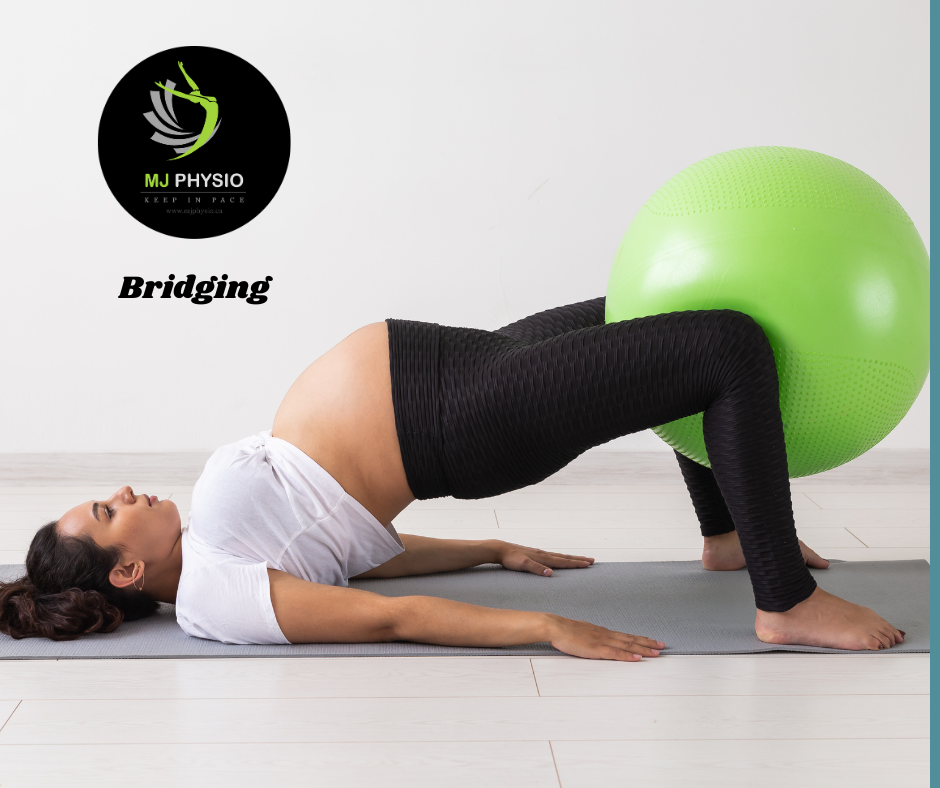
It is advisable to perform Bridges if you are experiencing weakness in your glutes, hamstrings, or lower back muscles. They also include the activation of the abdominal muscles and the pelvic floor muscles. Sit down and slide the back of the chair out from under you so you are sitting at the edge of the chair. Stand with arms at your sides and make fists with the fingers facing backward. This is done by taking a deep breath and contracting the abdominal and pelvic floor muscles simultaneously. Exhale as you raise your hips off the floor parallel to the ceiling so that it makes one line from the shoulder to the knee. Take the recommended time of 5 seconds and then slowly bring your hips down to the floor 10-15 repeats, extending the duration on the wall as the repetitions progress.
Conclusion-Overcoming barriers
As a mother or a caretaker of a newborn, often, it is difficult to set time aside to exercise. Hormonal changes cause mood swings and sometimes, you simply do not have enough energy for a full workout session. undefined Get help from your partner, friends, and family members. Make appointments for exercise. Exercising with a buddy will help to keep you on track. Involve your baby, whether in a baby stroller while you are walking or on the floor right beside you as you perform your abdominal exercises. Pregnancy may not make it easy to exercise — but it’s a great way to feel better and have the energy it takes to be a new mom.
